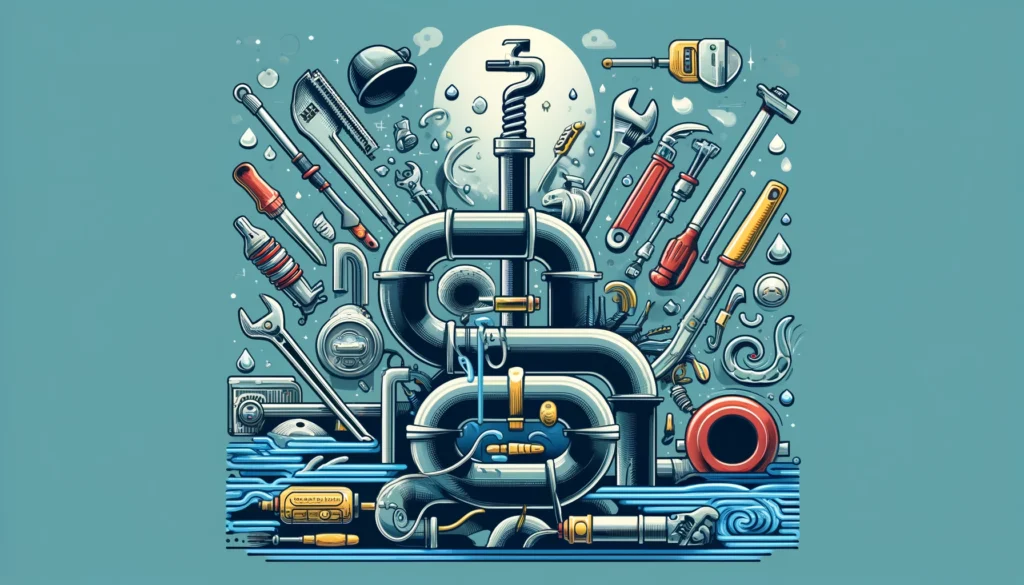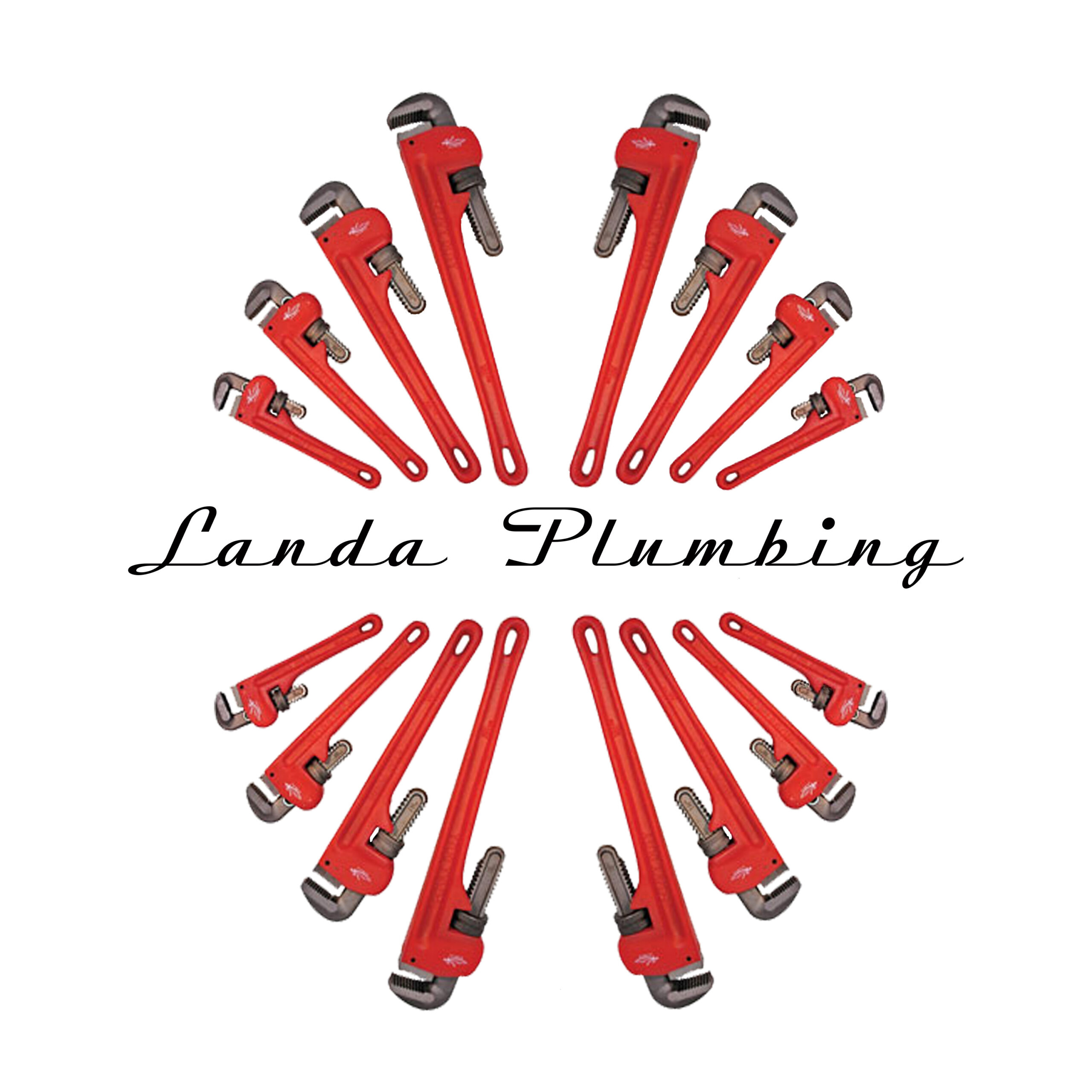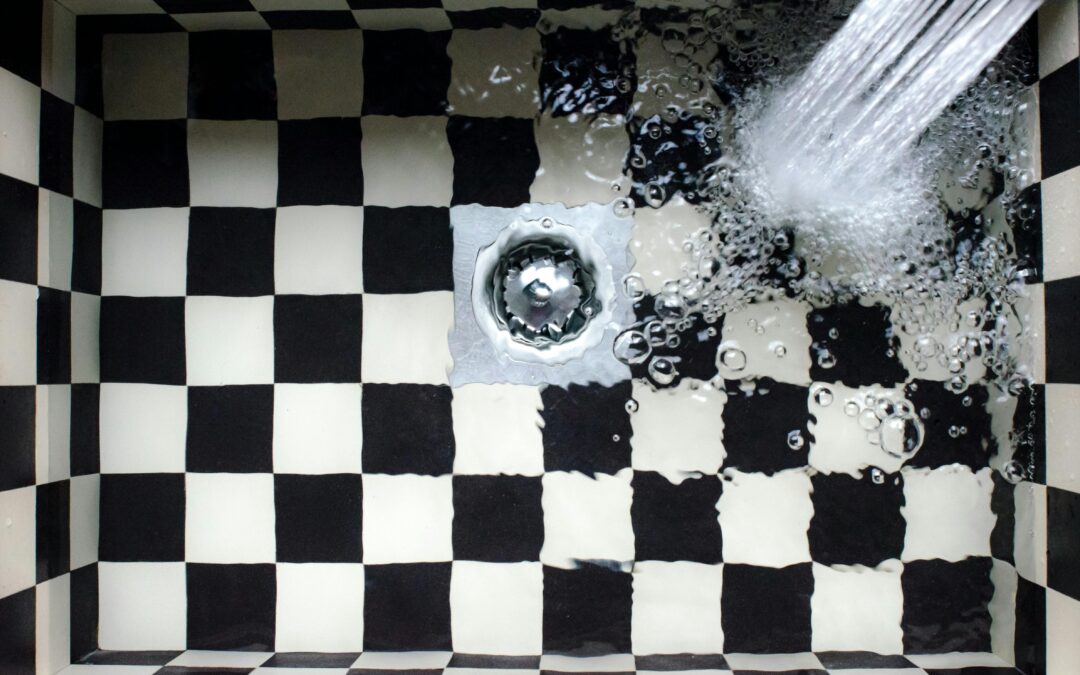At some point, almost everyone faces the challenge of a clogged drain. Whether it’s a kitchen sink that refuses to drain after a holiday meal or a shower that leaves you standing in ankle-deep water, blocked pipes are a nuisance that can disrupt your daily routine and, if left unchecked, lead to costly repairs. While there are several methods to clear a drain, one of the most effective and least understood is snaking. But exactly what is snaking a drain, and how can you do it safely and effectively?
Snaking a drain involves using a specialized tool known as a plumbing snake or drain auger to dislodge and remove clogs deep within your pipes. This method is often more effective than chemical cleaners and less invasive than major plumbing repairs. Whether you’re a seasoned DIY enthusiast or a novice looking to save on plumbing bills, understanding how to snake a drain is a valuable skill.
In this blog post, we’ll dive deep into the world of drain snaking, offering tips directly from experienced plumbers on how to tackle this task like a pro. From choosing the right tool for the job to avoiding common mistakes, we’ve got you covered. So, let’s get started and turn that daunting clog into a minor inconvenience with a little know-how and elbow grease.
What is Snaking a Drain?
Snaking a drain refers to the process of using a tool, known as a plumbing snake or drain auger, to clear blockages in pipes and drains.
A plumbing snake is a slender, flexible auger used to dislodge clogs that are too stubborn for a plunger to remove. It consists of a coiled spiral snake, which is manually or mechanically fed into a drain until it reaches the obstruction. By turning the handle or activating the motor, the snake breaks apart or retrieves the clog, allowing water to flow freely once again.
The Difference Between a Plumbing Snake and a Drain Auger
The terms “plumbing snake” and “drain auger” are often used interchangeably, but they can refer to tools of slightly different designs and purposes.
Typically, a plumbing snake is a simpler, hand-operated tool designed for minor clogs in household drains.
A drain auger, on the other hand, is generally a more robust device, capable of tackling larger and more stubborn blockages, often with a motorized mechanism to enhance its clog-breaking power. While a plumbing snake is suitable for straightforward tasks, a drain auger provides the heavy-duty solution needed for tougher jobs.
Types of Plumbing Snakes
Plumbing snakes come in various forms to address different plumbing challenges:
- Manual Plumbing Snakes: These are the simplest types, operated by manually turning a handle to extend the snake into a drain. They are lightweight, easy to use, and suitable for small, easily accessible clogs.
- Motorized Plumbing Snakes: Equipped with an electric motor, these snakes pack more power and are capable of cutting through tougher clogs. They can extend further into pipes and are ideal for more severe blockages, especially in deeper or more complex plumbing systems.
- Closet Augers: Specifically designed for toilets, closet augers have a bent tube to navigate the S-bend in toilet drains. They are manual but highly effective for toilet clogs.
- Drum Augers: These are heavy-duty, motorized augers housed in a drum. They are used for significant blockages and can extend a long way into the plumbing system. Suitable for professional use, they require experience to operate safely and effectively.
- Flat Tape Augers: Ideal for clearing clogs in small drain lines, such as those from bathroom sinks or bathtubs, flat tape augers are manually fed into a drain to snag and pull out hair and other debris.
Understanding the specific application and limitations of each type of plumbing snake is crucial for selecting the right tool for your clog-clearing needs. Whether dealing with a slow-draining sink or a fully blocked sewer line, there’s a snake that fits the job.
When to Snake a Drain
Knowing when to snake a drain is crucial for maintaining your plumbing system’s health and avoiding more serious issues down the line.
Here are some signs and situations when reaching for a drain snake might be your best move:
Identifying Signs That Your Drain Needs Snaking
- Slow Drainage: If water pools and drains slowly in your sink, bathtub, or shower, it’s a clear sign of a partial blockage in your pipes.
- Gurgling Sounds: Unusual noises coming from your drains can indicate trapped air caused by a clog, signaling that it’s time to take action.
- Frequent Clogs: If you find yourself reaching for the plunger more often than not, it’s an indication of persistent issues that a snake might resolve more effectively.
- Water Backup: Water backing up in your sink, toilet, or bathtub when another plumbing fixture is used can indicate a deeper blockage in your main line.
- Unpleasant Odors: Persistent bad smells emanating from your drain could be caused by food, grease, or other debris decaying inside your pipes.
The Types of Blockages That Can Be Resolved with a Drain Snake
Drain snakes are incredibly versatile tools, capable of handling a variety of clogs, including:
- Hair Accumulations: Common in bathroom sinks and showers, these can usually be snagged and pulled out with a snake.
- Soap and Grease Buildups: Snakes can break through these soft blockages, restoring flow.
- Small Objects: Occasionally, small objects dropped down the drain can be retrieved or dislodged with a snake.
- Food Waste: In kitchen sinks, accumulated food waste can often be broken up using a snake.

When It’s Time to Call a Professional Versus Doing It Yourself
While many drain blockages can be cleared with a DIY approach using a snake, there are situations when calling in a professional plumber is advisable:
- Recurring Clogs: If the same drain keeps clogging despite your best efforts, it might indicate a deeper or more complex issue that requires professional attention.
- No Clear Improvement: If snaking doesn’t improve the situation, or if the drain becomes completely blocked, it’s time to call a professional who has the tools and expertise to diagnose and solve the problem.
- Multiple Clogged Drains: If several drains in your home are clogged simultaneously, it could point to a problem with your main sewer line—a situation best handled by professionals.
- Lack of Tools or Experience: If you don’t have the right type of snake for the job or are uncomfortable using it, professional plumbers can ensure the job is done safely and effectively without risking damage to your pipes.
By understanding the signs that your drain needs snaking and recognizing when a blockage is beyond a DIY fix, you can make informed decisions about maintaining your plumbing system and when to call in the experts for help.
7 Tips from Plumbers on Snaking a Drain
- Choosing the Right Type of Snake
- Assess the Situation: Consider the size and location of the drain. A small handheld snake may be sufficient for a bathroom sink, while a larger drum auger is better suited for main sewer lines.
- Snake Length and Diameter: Ensure the snake is long enough to reach the blockage and the diameter is appropriate for the pipe to avoid damaging the pipes or the snake.
- Manual vs. Motorized: Manual snakes are great for smaller jobs, while motorized snakes offer extra power for tougher clogs.
- Safety First
- Wear Protective Gear: Gloves and goggles are a must to protect against splashes and debris.
- Turn Off Water: Minimize the mess and make the job easier by turning off the water supply to the fixture.
- Ventilation: Ensure good ventilation if you’re using any chemical products before or after snaking to prevent inhalation of fumes.
- Preparation and Positioning
- Clear the Area: Remove any items around the work area to prevent contamination and make cleaning up easier.
- Correct Positioning: Position yourself so you have leverage and control over the snake, typically standing if accessible or kneeling for lower drains.
- Technique Matters
- Insertion: Feed the snake into the drain slowly, ensuring it doesn’t twist or kink.
- Finding the Clog: Gently push the snake forward until you feel resistance, indicating the clog’s location.
- Maneuvering: Rotate the handle clockwise to help the tip latch onto the clog. If using a motorized snake, activate the motor while pushing gently.
- Retraction: Once the blockage is cleared, slowly retract the snake, being careful to clean off any debris as it emerges from the drain.
- After Snaking: Cleaning and Maintenance
- Clean the Snake: Disinfect and clean the snake with water and a mild detergent. Dry thoroughly to prevent rust.
- Drain Maintenance: Regularly use hot water, baking soda, and vinegar to keep drains clear and prevent future clogs.
- Avoid Common Mistakes
- Using Too Much Force: Applying excessive force can damage the pipes or the snake. If the snake won’t move easily, pull back and try again.
- Not Going Far Enough: Ensure the snake reaches the clog. If the blockage isn’t cleared, you may not have reached it yet.
- Ignoring Pipe Layout: Be mindful of the bends and turns in your plumbing system to navigate the snake effectively.
- When to Call the Professionals
- Persistent Issues: If the drain continues to clog after multiple attempts, it may indicate a deeper issue that requires professional tools and inspection.
- Damage Concern: If you’re concerned about causing damage to your pipes or if you’ve encountered something unexpected, it’s time to call a plumber.
- Safety: If at any point the process feels unsafe or you’re unsure of the next steps, professional plumbers have the experience and equipment to handle the situation without risk.
Additional Maintenance Tips
Maintaining clear drains is not just about knowing how to react when a blockage occurs—it’s also about taking proactive steps to prevent clogs from happening in the first place.
Here are some preventive measures and recommendations for keeping your drains flowing smoothly.
Preventive Measures to Keep Drains Clear
- Regular Cleaning: Incorporate a routine cleaning of your drains with hot water, baking soda, and vinegar to dissolve minor buildups and keep odors at bay.
- Catch the Clogs Before They Happen: Use drain strainers in sinks and showers to catch hair, food particles, and other debris before they enter your plumbing system.
- Be Mindful of What Goes Down the Drain: Avoid disposing of grease, coffee grounds, eggshells, and other substances that can solidify or accumulate in your pipes.
- Flush with Hot Water: Regularly flush your drains with hot water to melt away any grease or fat buildup.
- Educate Your Household: Ensure everyone in your home knows what should and should not go down the drains to prevent avoidable clogs.
Recommendations for Regular Professional Inspections and Maintenance
- Annual Inspections: Schedule an annual inspection with a professional plumber to check your plumbing system’s health. They can identify potential issues before they escalate into major problems.
- Professional Cleaning: Consider having your drains professionally cleaned every few years, especially if you notice slow drainage or frequent clogs. Professional plumbers use tools like hydro-jetting to thoroughly clean your pipes without damaging them.
- Sewer Line Checks: If your home is older or you’ve experienced multiple, simultaneous clogs, have your sewer line inspected. Tree roots and other underground issues can cause recurring problems that require professional attention.
- Upgrade Fixtures and Pipes as Needed: A professional plumber can also advise when it might be time to replace or upgrade parts of your plumbing system to prevent future issues.
Proactive maintenance is key to avoiding plumbing emergencies and extending the life of your plumbing system. By implementing regular cleaning habits, being cautious about what goes down your drains, and investing in professional inspections and maintenance, you can save time, money, and inconvenience in the long run. Remember, a little prevention goes a long way in keeping your drains clear and your home’s plumbing system in top condition.
Understanding how to snake a drain is an invaluable skill for any homeowner, providing the ability to respond quickly to the common, yet disruptive, problem of clogged drains. This guide has walked you through the signs that indicate a drain snaking is necessary, detailed the selection and use of the appropriate tools, and emphasized the importance of proceeding with caution and respect for the task at hand.
For those moments when a plumbing snake isn’t enough, or when you prefer to ensure the job is done right with minimal risk, Landa Plumbing is here to help. Our team of experienced professionals is equipped to handle any plumbing challenge, from simple drain cleaning to more complex repairs. Don’t let a clogged drain disrupt your life—reach out to Landa Plumbing for efficient, reliable service.
Whether you’re facing an immediate plumbing issue or looking to schedule regular maintenance to prevent future problems, Landa Plumbing is your trusted partner. Contact us today to learn more about our services or to schedule a visit. Let us take the worry out of your plumbing problems, leaving you with peace of mind and fully functional pipes.

